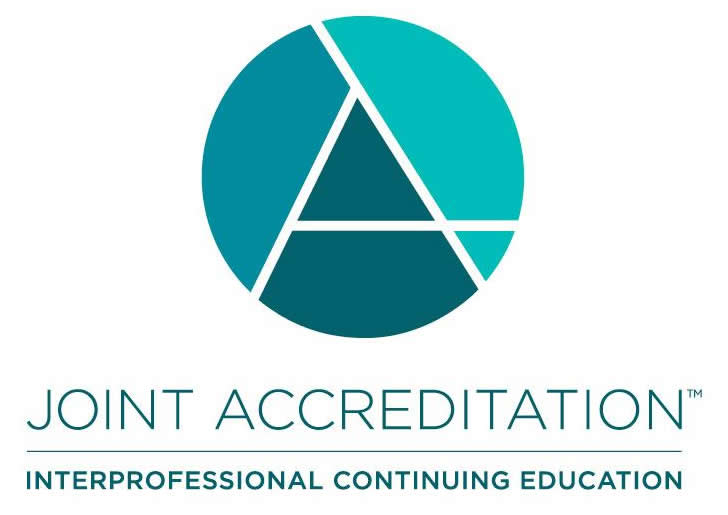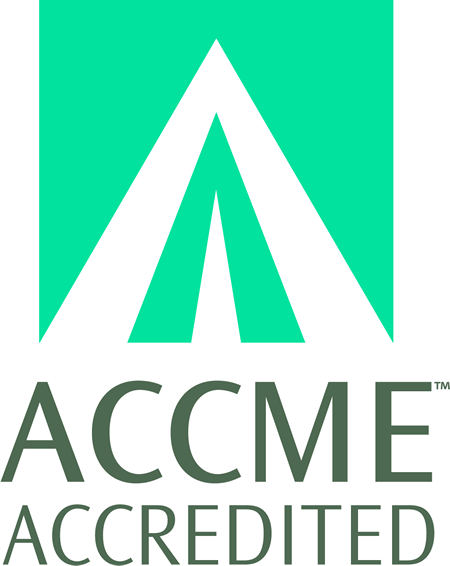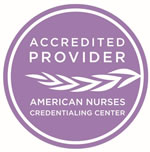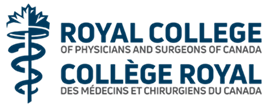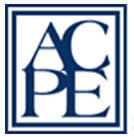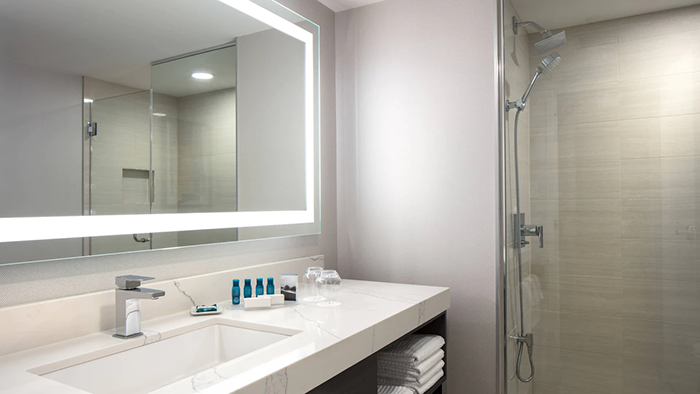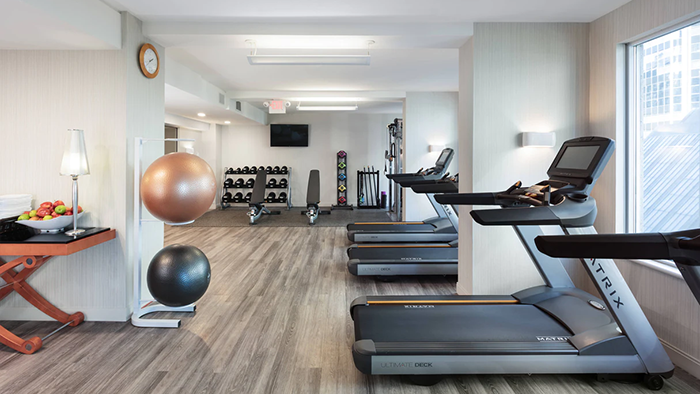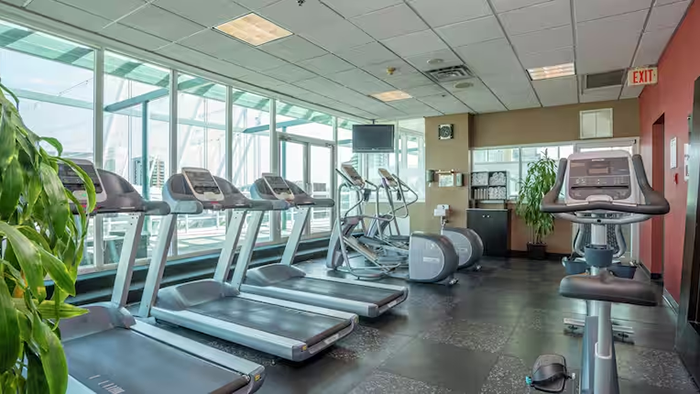
COURSE CREDITS & HOURS
16 AMA PRA Category 1 Credits™16 ACPE Credits
16.0 Contact Hours
COURSE FEES
TARGET AUDIENCE
PROGRAM PURPOSE
- Pediatric Sleep: Recommendations and Behavioral Strategies
- Describe the impact of good vs poor sleep
- Discuss normal sleep patterns in youth
- Review consequences of insufficient sleep
- Identify 3 strategies to help sleep behaviors
- Biofeedback: What is it and how can it help the kids I treat?
- Define biofeedback
- Describe relaxation strategies to practice while using biofeedback
- Identify barriers/challenges to biofeedback
- Essentials of Cognitive Behavioral Therapy in Youth
- Define CBT
- Identify key components of CBT
- Recognize common thinking errors
- Describe basic CBT techniques
- Managing Chronic Pain in Youth: A Biopsychosocial Approach
- Recognize differences between acute and chronic pain conditions
- describe how psychology is used in the treatment of chronic pain
- understand non-pharmacological pain management strategies
- gain an appreciation for this population and working with these families
- Pediatric Anxiety and Depression: Signs, Symptoms, and Treatment
- Describe mental health and mental illness
- Recognize signs and symptoms of anxiety/depression
- Outline evidence-based interventions for anxiety and depression
- List other strategies caregivers can use to help their child with mental illness
- Best Practices in Gender Affirming Care
- Reviewing affirming terminology & language
- Explaining gender development
- Discussing social & medical interventions
- Recommendations and Parental Strategies for Kids Screen Time
- Recognize recommended screen time limits throughout development
- List 5 risks of excessive and unmonitored screen time
- Describe 5 strategies parents can use to regulate screen time.
- Surveillance and Screening of Autism Spectrum Disorder
- Identify signs that a child may have ASD
- Understand ASD diagnostic criteria, 3) Become familiar with screening instruments for ASD
- Diagnosis and Treatment of Shoulder Injuries
- Describe anatomy and function
- Improve history & physical exam skills
- Broaden differential diagnosis
- Recognize and apply treatment options
- Simplify the Shoulder Complex
- Wrist, Hands and Fingers
- Describe history and examination of the upper extremity
- Review relevant anatomy of the hand and wrist
- Review common hand and wrist issues
- Discuss treatment options
- Diagnosis and Treatment of Knee Injuries
- Describe anatomy and function
- Improve history & physical exam skills
- Broaden differential diagnosis
- Recognize and apply treatment options
- Common Foot and Ankle Problems
- Understand the basic anatomy of the foot and ankle
- Recognize the mechanism of injury, presentation, and treatment options for the most common issues of the foot/ankle
- Lateral Ankle Sprain, High Ankle Sprain, Plantar fasciitis, Achilles Tendinopathy, Lis Franc injury
- Hip Pain
- Describe anatomy and function of the hip girdle
- Improve history & physical exam skills
- Broaden differential diagnosis of hip pain
- Recognize and apply treatment options for various hip issues
- Low Back Pain
- Review Relevant Anatomy of lumbar spine
- Discuss History and Physical Exam
- Differentiate types of back pain
- Review Red Flag Symptoms
- Summarize Current Guidelines
- Common Sports Injuries in Children and Adolescents
- Increase awareness of differences in pediatric vs adult sports injuries
- Recognize common acute injuries
- Recognize common chronic injuries
- Review "cant miss" diagnosis
- Musculoskeletal Injections
- Know the anatomy in 3-D
- Identify landmarks
- Review Indications and Contraindications
- Discuss Types of Injectables and Technique









